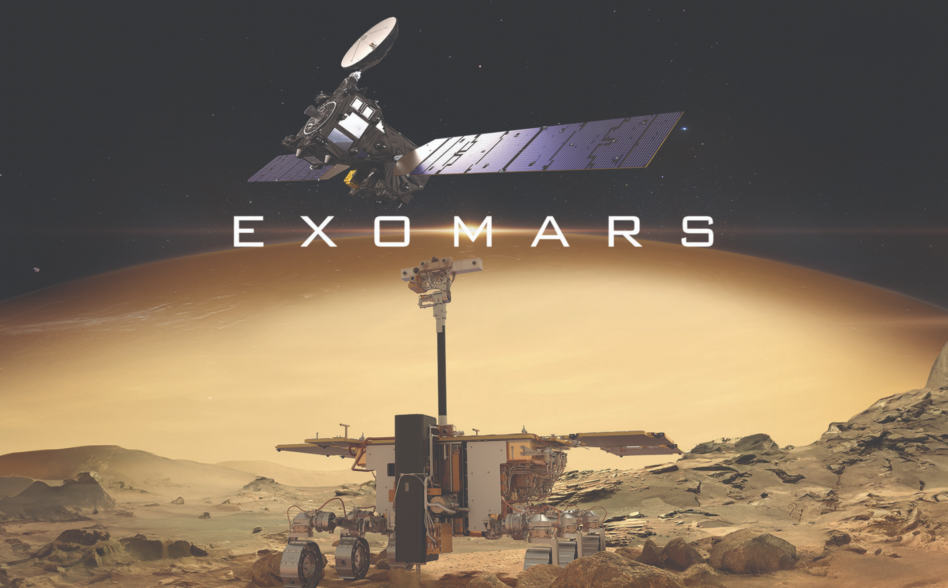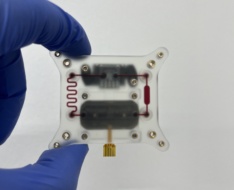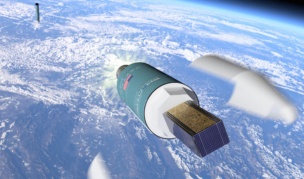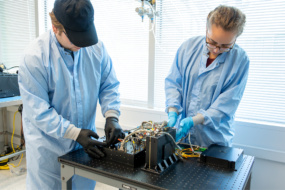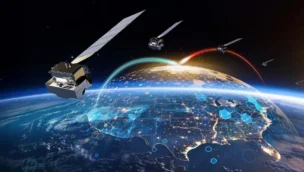Europe’s Mars rover mission is getting a new lease on life.
Thales Alenia Space secured a €522M ($567M) ESA contract to lead a coalition of European industry players in restarting the ExoMars rover program and developing the Mars Entry, Descent, and Landing Module (EDLM) to transport the Rosalind Franklin rover to the surface of the Red Planet.
“We’re truly honored that ESA has renewed its trust in our company by awarding us the contract for the renewal of this challenging mission to search for traces of life on Mars,” said Massimo Comparini, Deputy CEO at Thales Alenia Space.
After years of delays, the rover is now slated to launch out of KSC in 2028 and is expected to arrive at Mars in 2030.
Plans measured in decades: Europe’s ExoMars program has been a multi-decade-long rollercoaster. The program consists of two missions: the Trace Gas Orbiter (TGO) and the Rosalind Franklin rover. The TGO satellite was successfully launched in 2016 and is still circling Mars, but getting Europe’s first Red Planet rover to space has been a much more difficult saga. As it stands, the rover is built, but it’s searching for a ride.
The program has faced years of delays, during which partnerships have come and gone. The rover was most recently scheduled to launch in 2022, using both a Russian Proton rocket and Kazachok lander. However, Russia’s invasion of Ukraine led ESA to terminate the partnership, leaving the rover without a rocket and—more critically—without a lander to navigate the seven minutes of terror that is descending through Mars’ atmosphere.
Despite the major setback, European scientists remained committed to advancing the program. “The scientific community really pushed to reshape the mission for 2028,” Comparini told Payload.
The show must go on: With the new Thales Alenia Space mega-lander contract, there is renewed hope that the rover will eventually be able to see the light of Martian day.
While Thales Alenia Space is leading the charge, building the lander takes a village.
- Thales Alenia Space: Developing the rear shield, the parachute, cameras, and assembly, integration, and testing of the vehicle
- Airbus Defense & Space: Building the mechanical, thermal, and propulsion systems
- ArianeGroup: Constructing the shield and thermal protection
- OHB: Building the carrier module
NASA will provide the descent engine and fund the launch capabilities.
Red Rising’s helldivers: The Rosalind Franklin rover is equipped with a drill capable of burrowing two meters deep. This drill will collect soil samples and analyze Mars’ chemical and biological properties to detect signs life.
“Two meters below the surface could be enough to shield from radiation environment,” Comparini told Payload. “We will analyze the samples for traces of old, organic, organic compounds, and traces of past life.”
